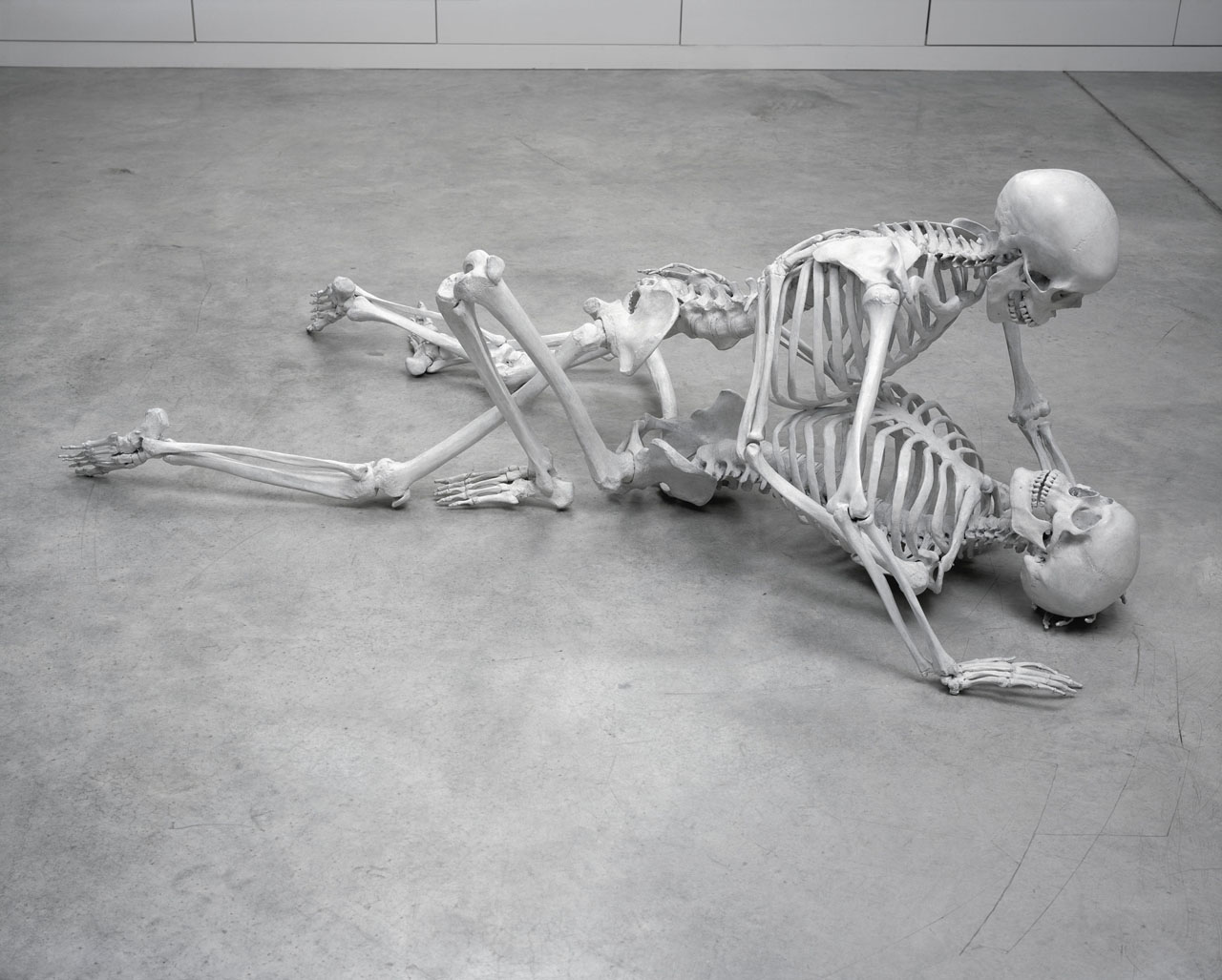
Foundation
Marc Quinn
October 5 → January 6, 2008
Gathering over forty recent works, DHC/ART’s inaugural exhibition by conceptual artist Marc Quinn is the largest ever mounted in North America and the artist’s first solo show in Canada
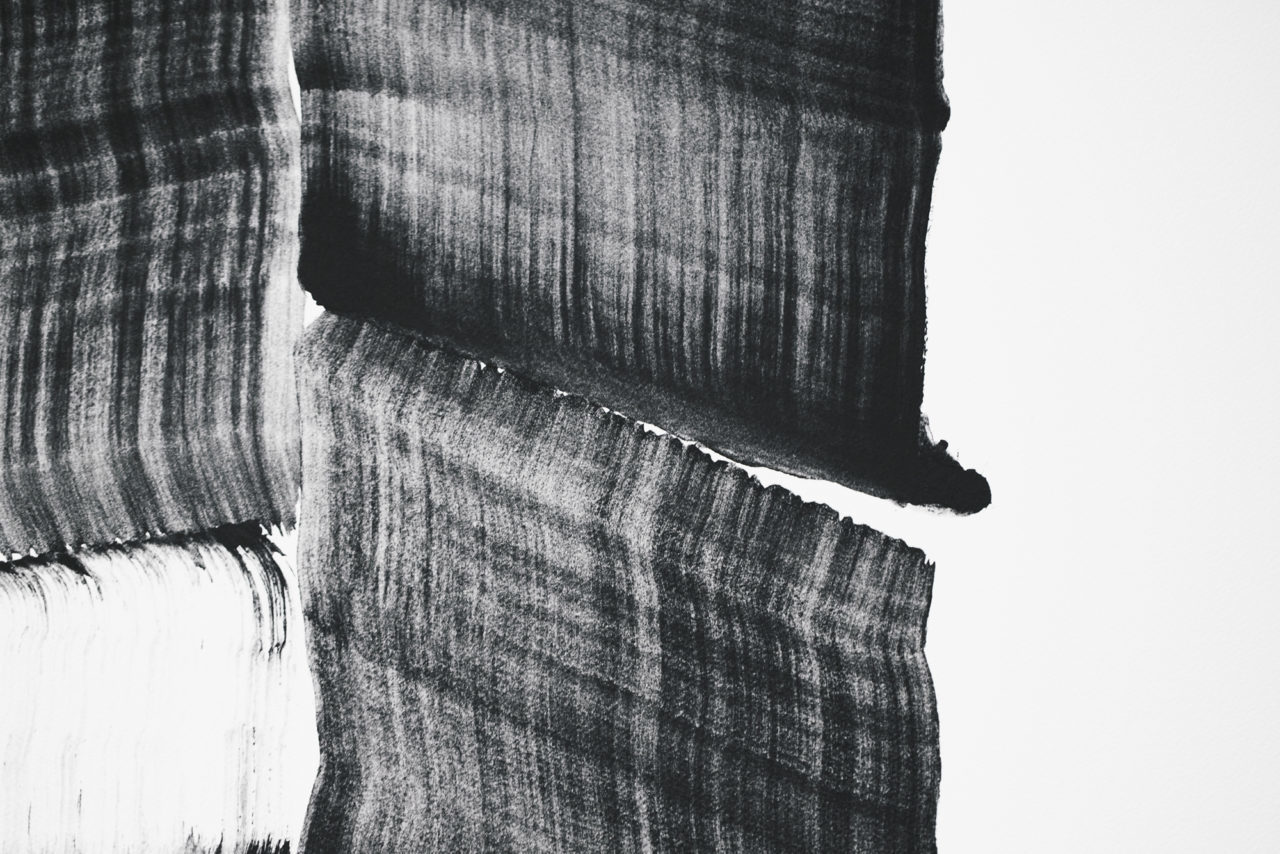
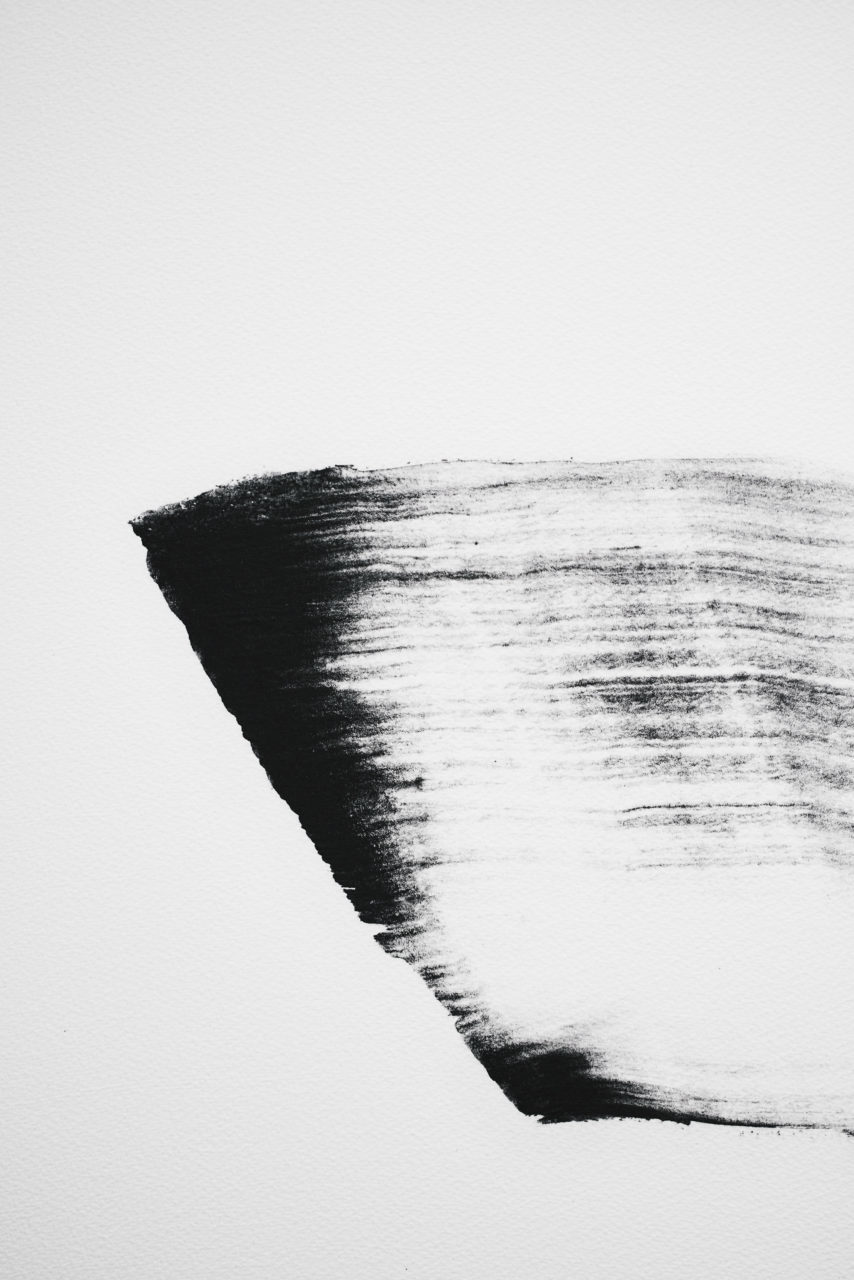
Inspired by traditional knowledge, as well as specific gestures to preserve and transform raw matter, Lee Bae’s artistic practice reveals the complexity of heritage. One of the questions that it raises is how to distinguish between past traces that will be conserved from those that will disappear, and by extension, how to determine what will be passed down to future generations. Through this lens, Lee Bae’s work brings together two distinct but complementary dimensions of heritage: the immaterial and the material.
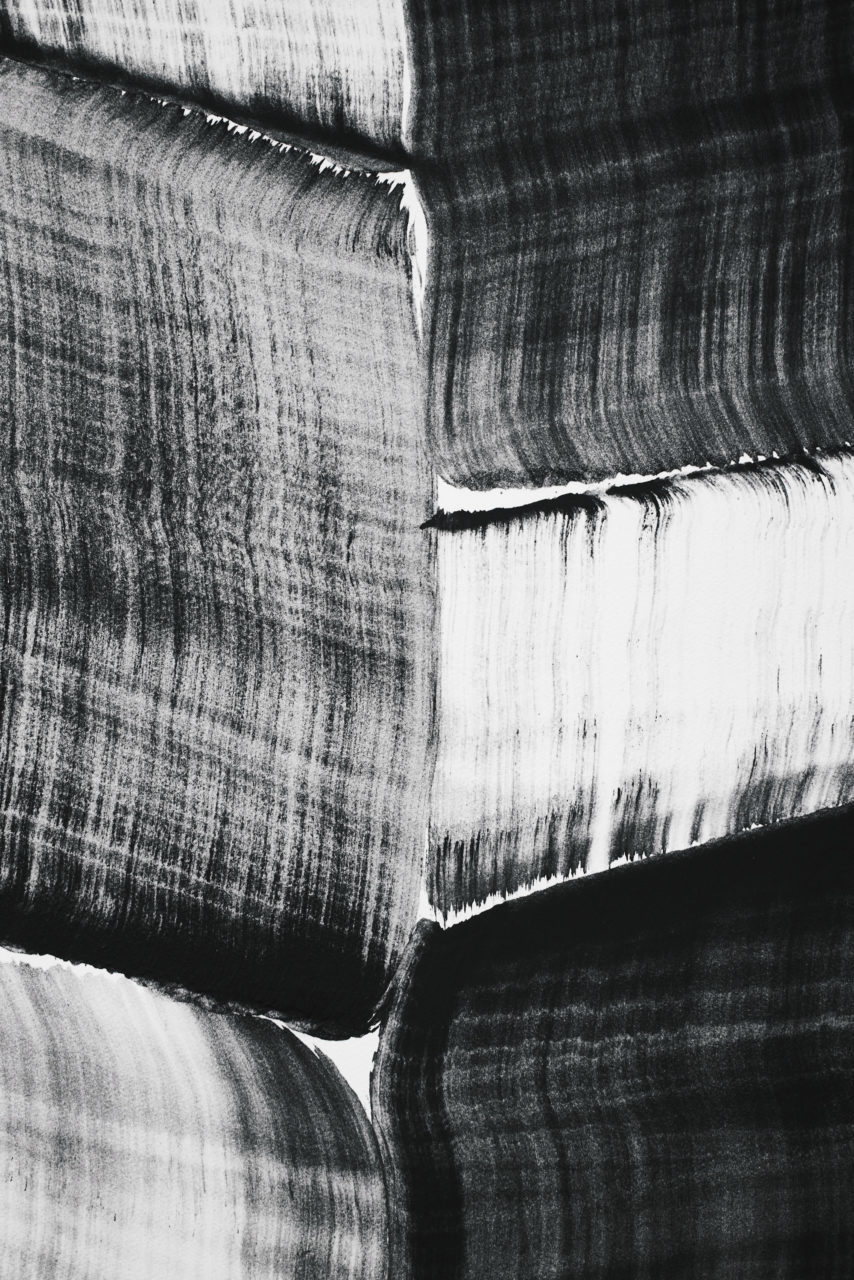
This reflection around heritage is embodied by Lee Bae’s connection to charcoal, the central material of his artwork since the 1990s. A result of burning wood, charcoal is simultaneously that which remains, and that which allows for a new fire to be lit: its poetic character comes from the ambiguity between the trace of the past and a possibility of the future. This profound engagement may bring to mind other contemporary artists who limit themselves to exploring one single material; and it also directly echoes Korean history and tradition. For example, the history of calligraphy (the ink of which is made from charcoal), is evoked in Bae’s works on paper. The process to obtain charcoal, which the artist executes in his studio in Cheongdo, is reminiscent of the annual ritual of the burning of a house of moon, also known as daljip taeugi, during which pine branches are piled into a mound to then be burned during the first full moon of the new year of the lunar calendar. Bae captured one of these impressive fires in a video entitled Burning a house of moon, presented on the last floor of the PHI Foundation’s main building.
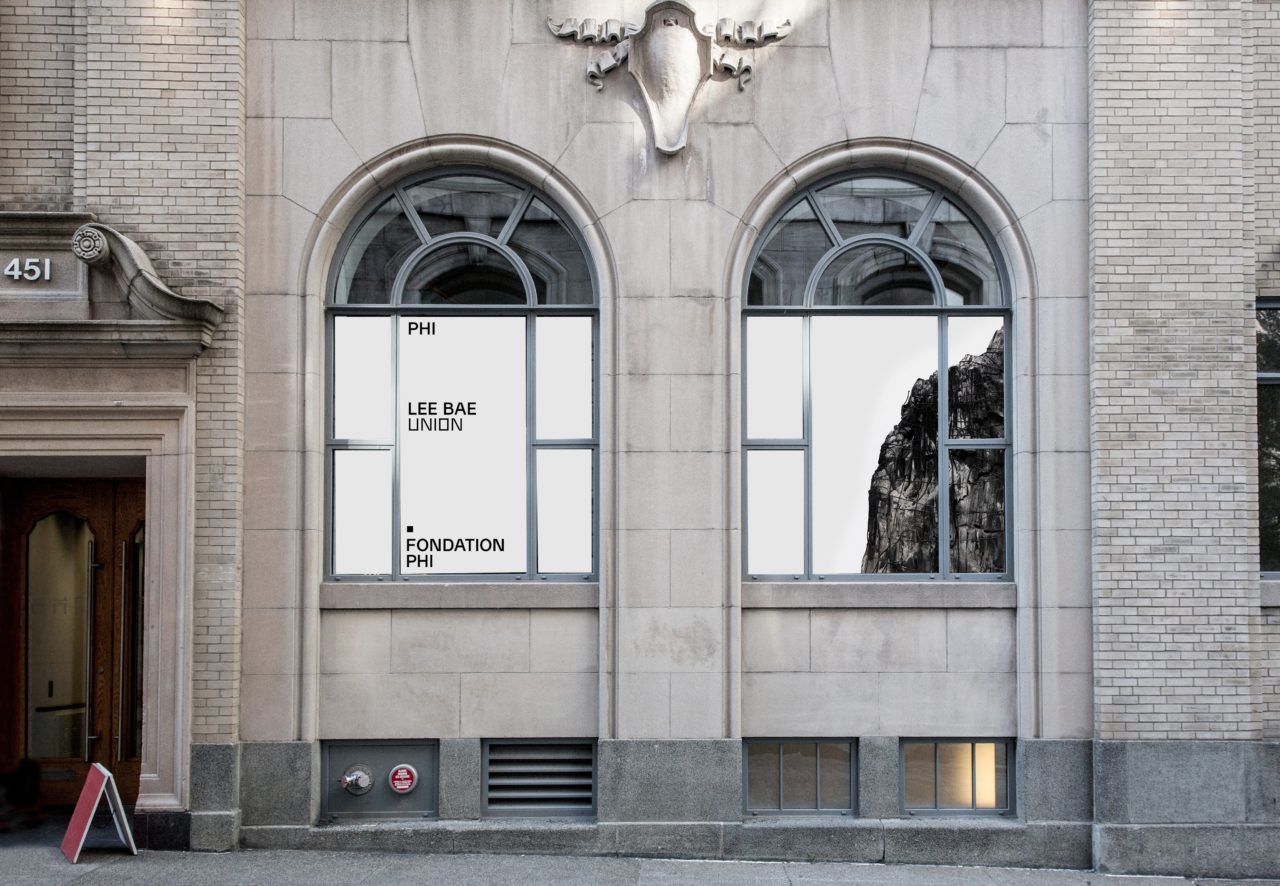
These questions resonate most particularly in the buildings that will house Bae’s work for the next few months; buildings that, prior to being the PHI Foundation’s exhibitions spaces, hosted insurance and telecommunications companies, as well as an animation school. These enquiries are also raised due to the particular location of the Foundation in Old Montréal, a historical neighbourhood. While Old Montréal brings to light a certain history, it also hides another: certain buildings have been preserved, but others have disappeared without leaving a trace. For example, there used to be a multilevel, automated parking lot where cars were transported on hydraulic elevators right next to 465 Saint-Jean. This parking lot, built in 1965, was called the Pigeon Hole. Having fallen into destitution, the building was razed to the ground in the early 2000s. The terrain was transformed into a green space, and there is now no trace whatsoever of the site’s former use.
This observation demonstrates the limits of the protection of heritage as it is practiced by governmental bodies, which may have the tendency to push aside or obscure certain histories while highlighting others. In October 2020, the Ministry of Culture and Communications announced a project that involves a modification to the Cultural Heritage Law, the main tool that frames the preservation of Québec heritage. This announcement occurred following the flattening of numerous historical buildings from the four corners of the province over the past few years. While each of these demolitions have their own context and story, viewing them as a whole demonstrates that the value of a heritage site often loses the battle against the interests of real estate speculation or the appeal of something new. For quite some time now, numerous organizations in Québec have been underlining the limitation of checks and balances that have been put in place by the government, which are not sufficient in dealing with the crisis in preserving heritage sites. It is clear that the protection of heritage cannot solely be the prerogative of the government. In this regard, Lee Bae’s artwork is an attestation to the fact that artists, through their process, have much to contribute in the discussion surrounding heritage, and a reminder that art provides a rich framework in which to reflect on these questions.
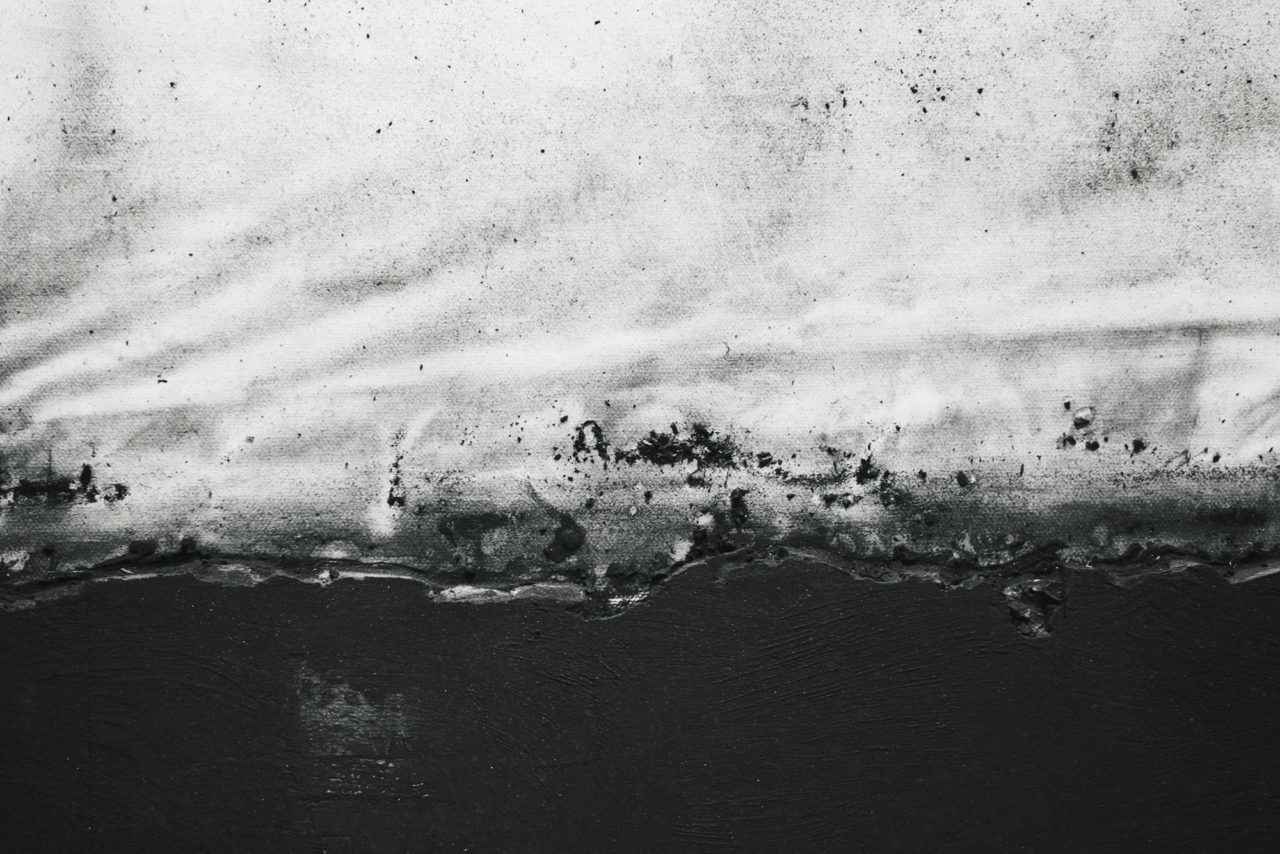
While strolling around your neighbourhood, notice the names of the streets, the parks, the public squares, schools and churches. What do these names tell us about the manner in which we are in constant discourse with the past? What do these names reveal about our collective histories? What is missing from these stories?
One of the main roles of art museums is to oversee the preservation of artworks, even if they are made of fragile, ephemeral or organic materials that are inevitably going to come apart. Were you to be responsible for an artwork of this nature, how would you proceed? Is it possible that preserving the artwork goes against the artist’s intention in working with ephemeral material? More generally, why do we preserve artworks? Who benefits from the conservation of artworks?
Movements: Lee Bae is a tool designed by the PHI Foundation’s Department of Education to encourage visitors to develop and elaborate on some key concepts of the exhibition Lee Bae: UNION.
Author: Daniel Fiset
Daniel Fiset is a cultural worker based in Tiohtiá:ke/Mooniyang/Montreal. Holding a Ph.D. in art history from Université de Montréal, he has collaborated with numerous Quebec and Canadian institutions in the field of visual arts, including OPTICA, esse arts + opinions and the Musée d'art contemporain des Laurentides. He is currently the adjunct curator for engagement at the PHI Foundation for Contemporary Art, and curated the 2021 PHI MONTRÉAL exhibition.

Foundation
Gathering over forty recent works, DHC/ART’s inaugural exhibition by conceptual artist Marc Quinn is the largest ever mounted in North America and the artist’s first solo show in Canada
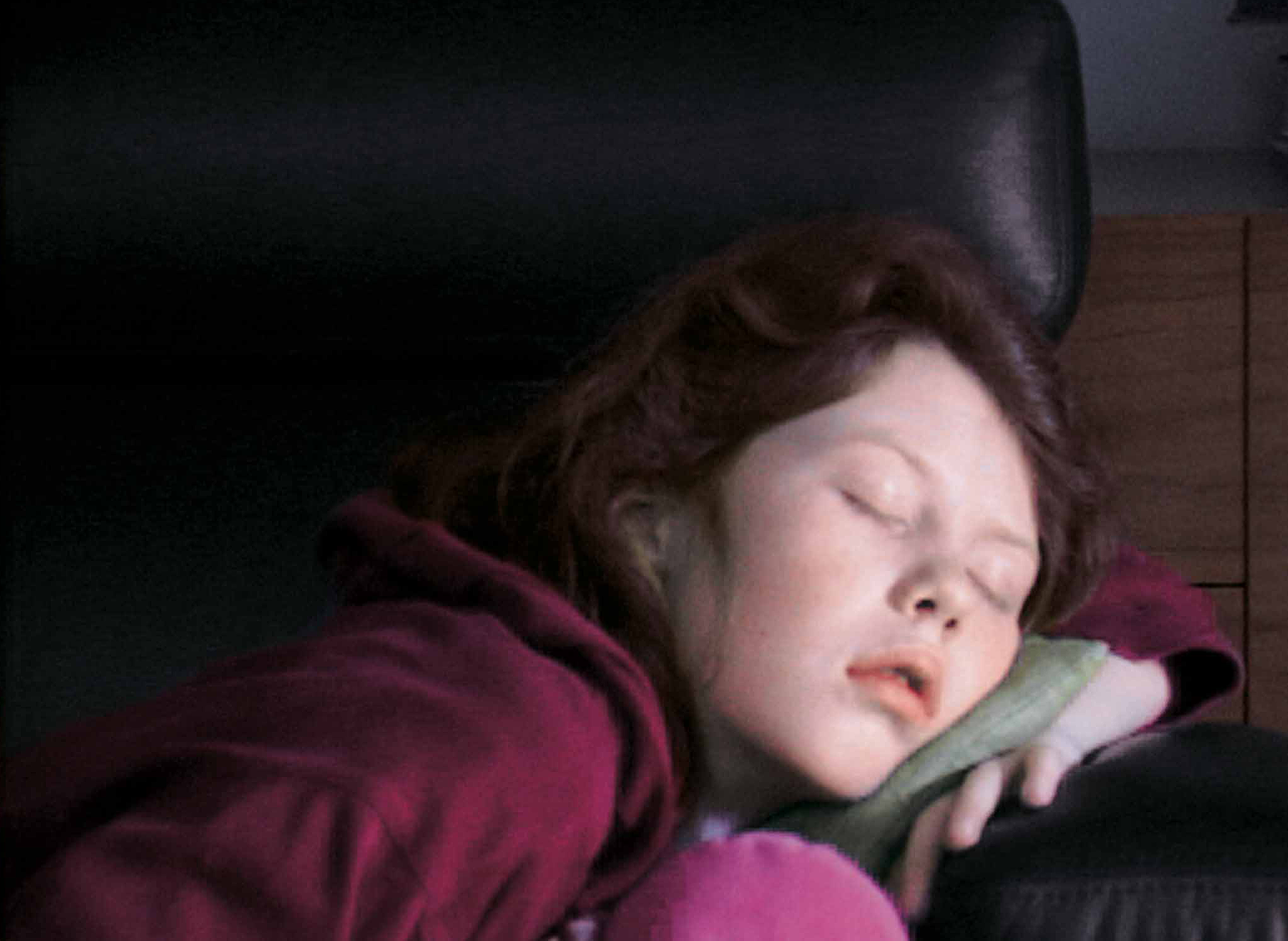
Foundation
Six artists present works that in some way critically re-stage films, media spectacles, popular culture and, in one case, private moments of daily life
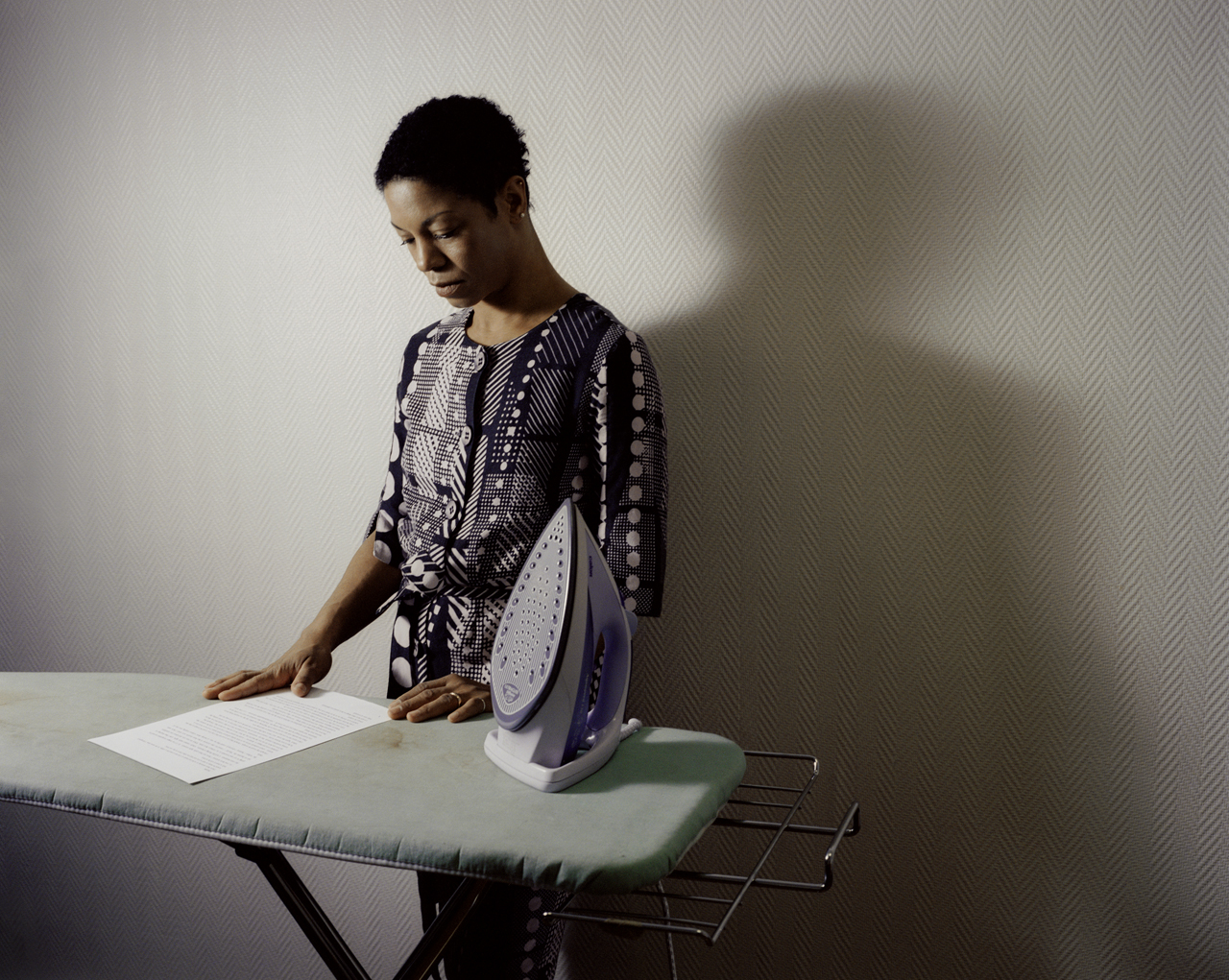
Foundation
This poetic and often touching project speaks to us all about our relation to the loved one
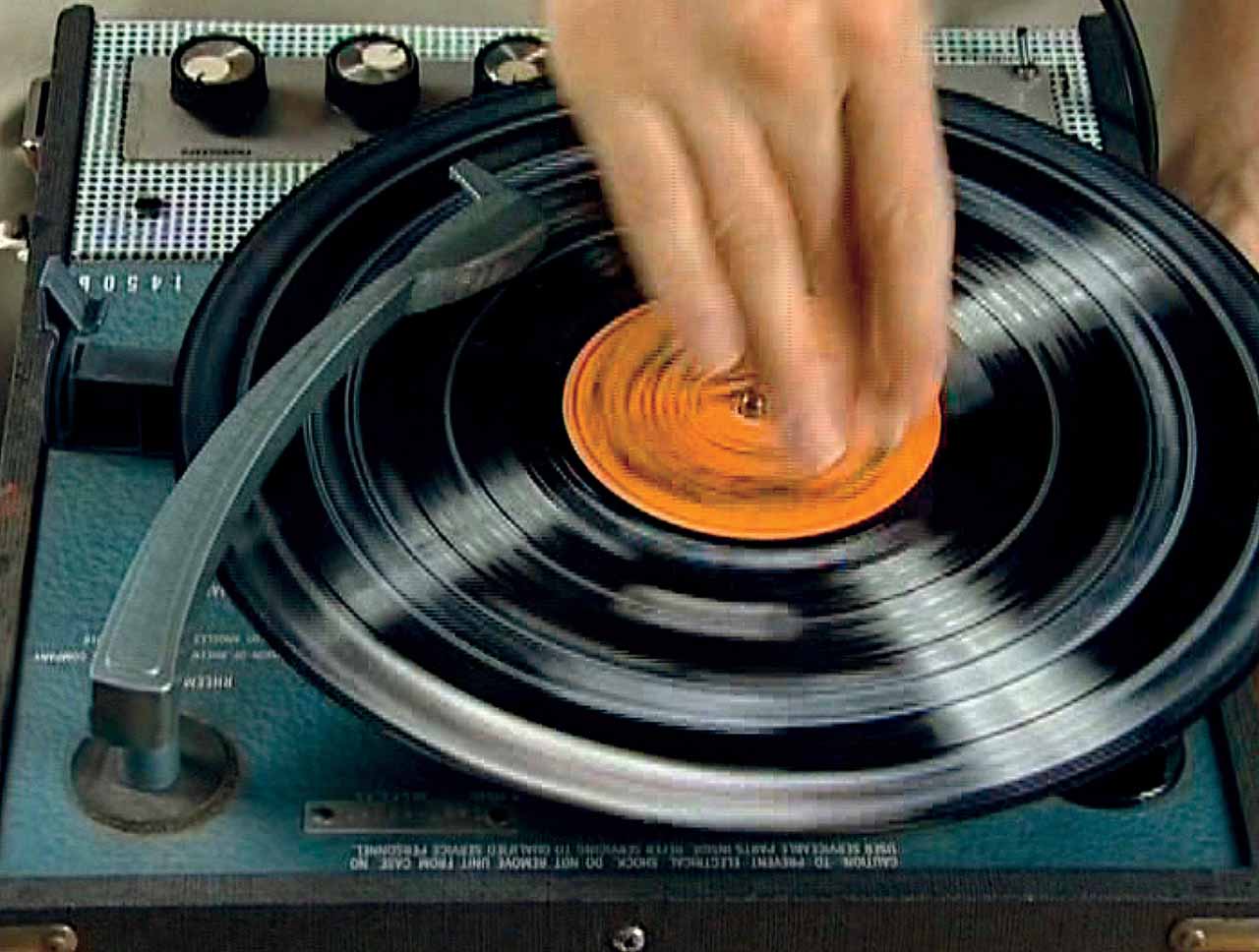
Foundation
DHC/ART Foundation for Contemporary Art is pleased to present the North American premiere of Christian Marclay’s Replay, a major exhibition gathering works in video by the internationally acclaimed artist
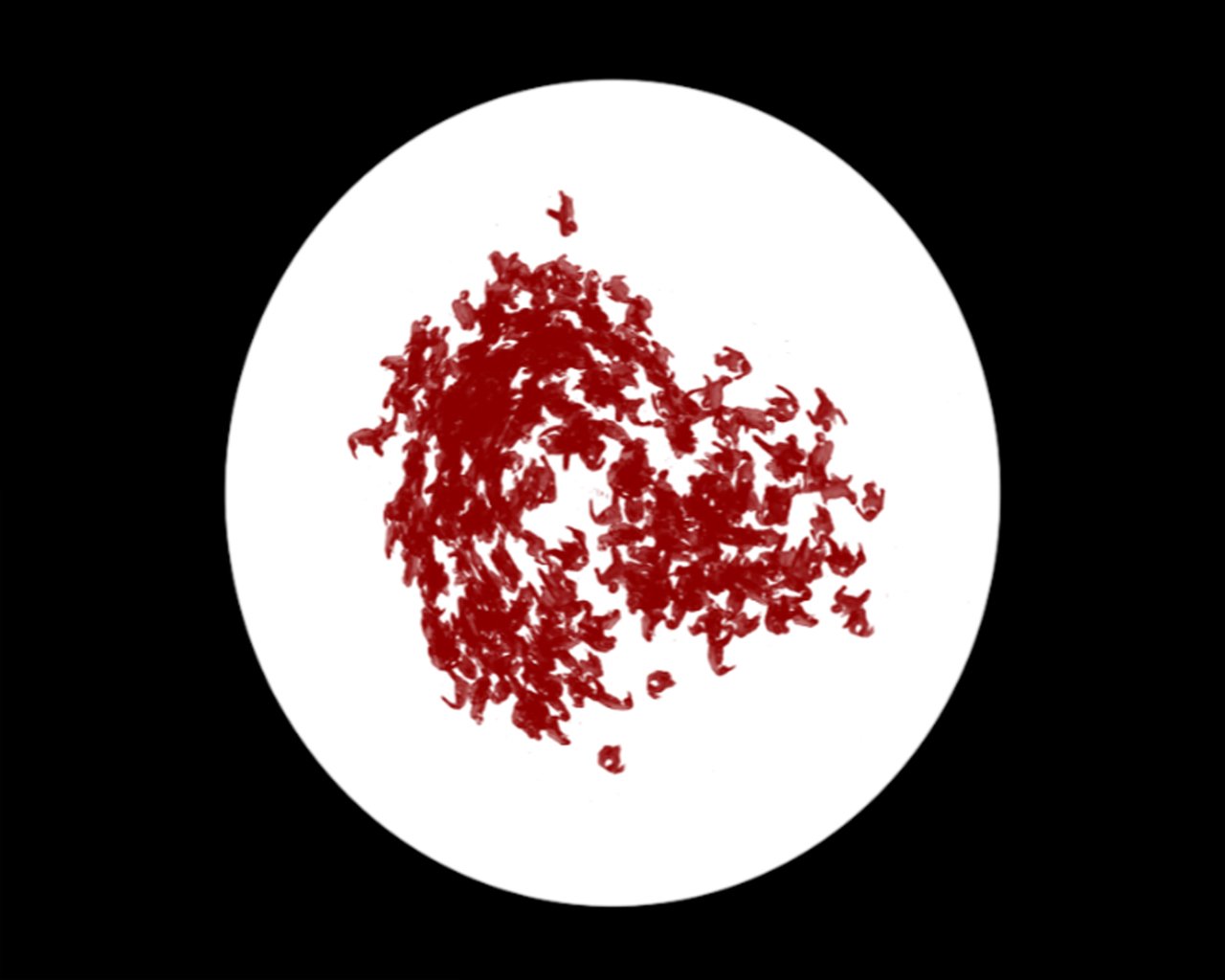
Foundation
DHC/ART is pleased to present Particles of Reality, the first solo exhibition in Canada of the celebrated Israeli artist Michal Rovner, who divides her time between New York City and a farm in Israel
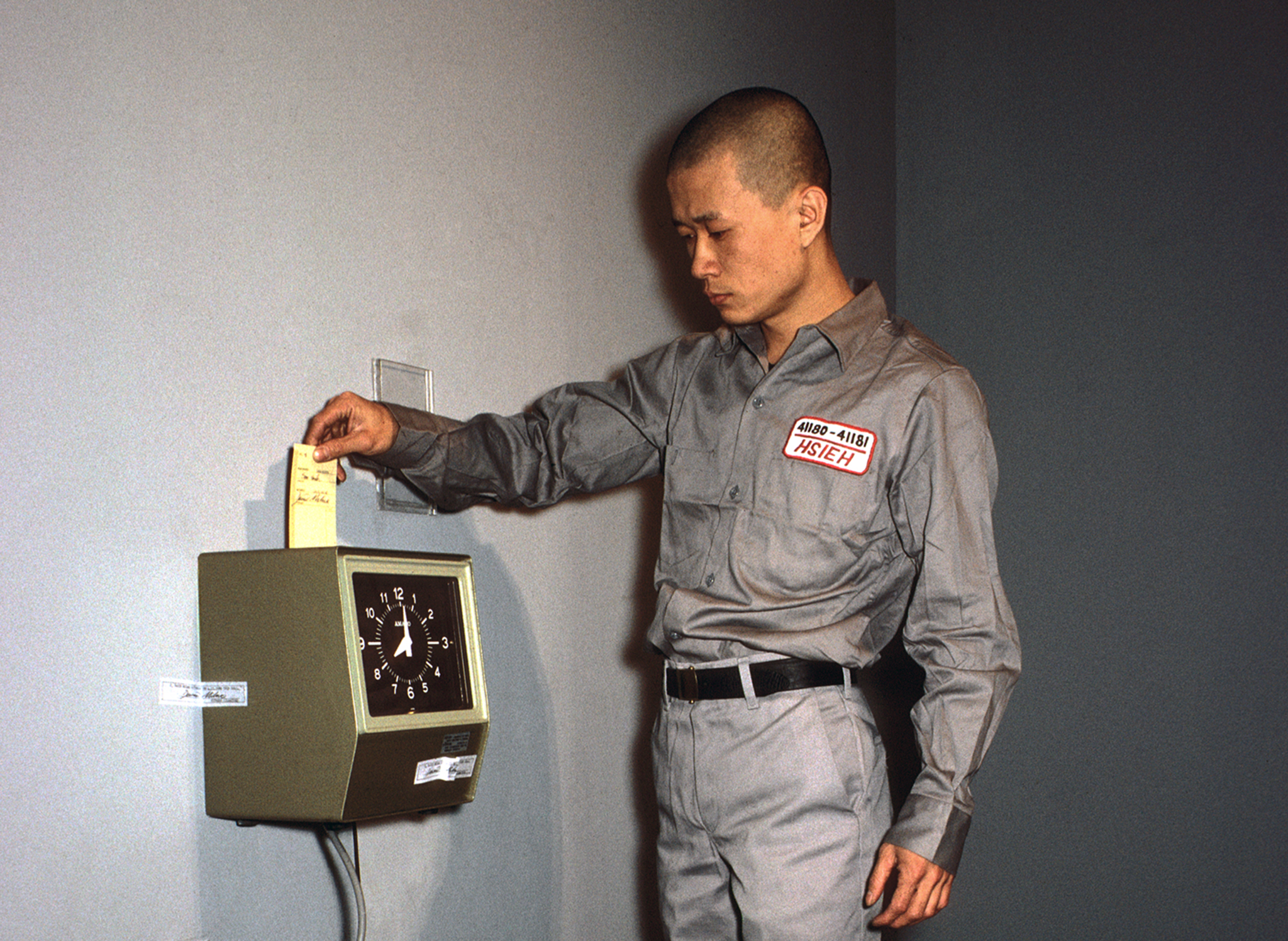
Foundation
The inaugural DHC Session exhibition, Living Time, brings together selected documentation of renowned Taiwanese-American performance artist Tehching Hsieh’s One Year Performances and the films of young Dutch artist, Guido van der Werve
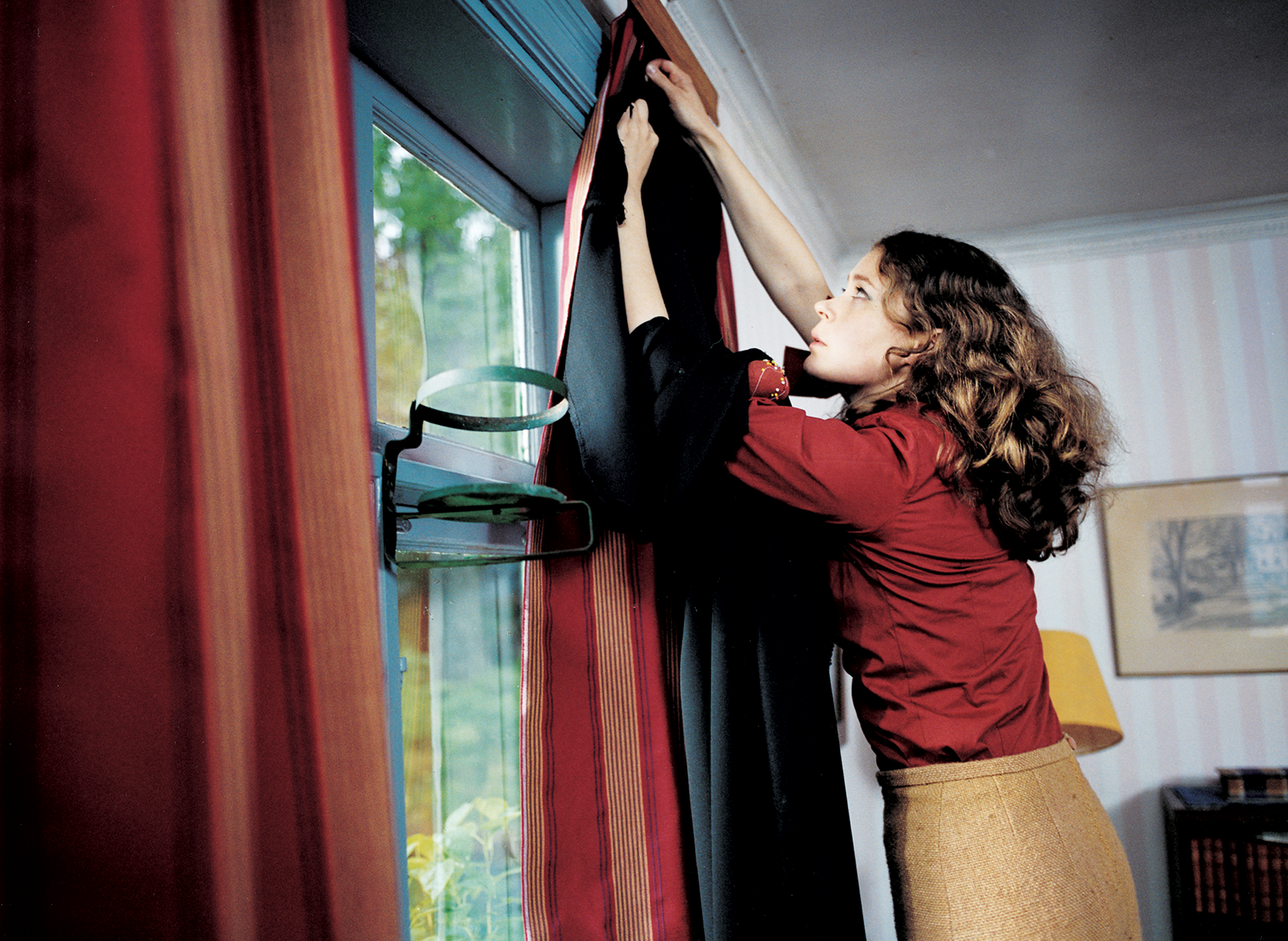
Foundation
Eija-Liisa Ahtila’s film installations experiment with narrative storytelling, creating extraordinary tales out of ordinary human experiences
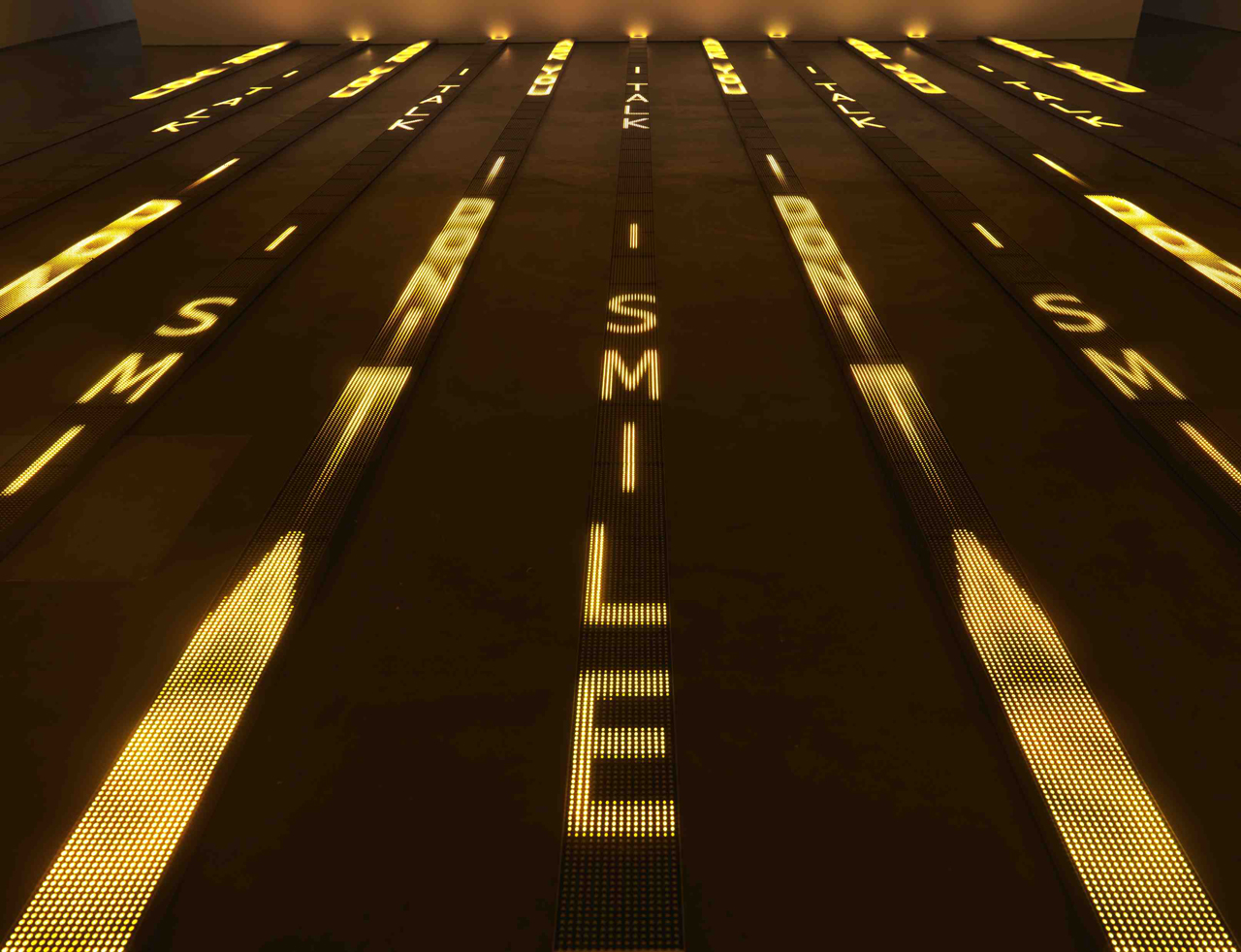
Foundation
For more than thirty years, Jenny Holzer’s work has paired text and installation to examine personal and social realities